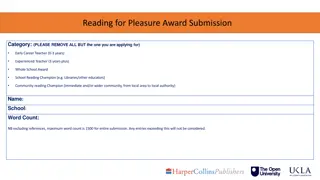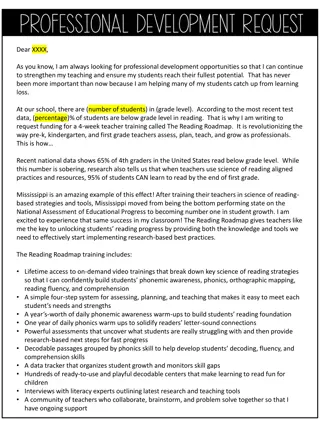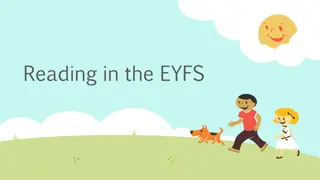
Effective Communication Tips in Relationships
Explore how effective communication plays a vital role in maintaining healthy relationships. Discover insightful scenarios that highlight the importance of tactfulness, honesty, and understanding in communication within couples and team dynamics.
Download Presentation

Please find below an Image/Link to download the presentation.
The content on the website is provided AS IS for your information and personal use only. It may not be sold, licensed, or shared on other websites without obtaining consent from the author. If you encounter any issues during the download, it is possible that the publisher has removed the file from their server.
You are allowed to download the files provided on this website for personal or commercial use, subject to the condition that they are used lawfully. All files are the property of their respective owners.
The content on the website is provided AS IS for your information and personal use only. It may not be sold, licensed, or shared on other websites without obtaining consent from the author.
E N D
Presentation Transcript
17 _1 / p.52 Reader s Bank Level 10 A husband and wife are about to go out for dinner and a movie. The wife asks, Honey, do you think this new dress looks good on me? (A) It sounds like a compliment, and his wife is happy. Of course she likes it or she wouldn t have bought it. Again, it was the way it was said rather than that was said that made the difference between an unnecessary and hurtful blunder and getting on with the occasion.
17 _2 / p.52 Reader s Bank Level 10 (B) The husband turns around to see what he immediately thinks is probably the most awful-looking dress he has ever seen. That s what he actually thinks. So, how does he respond? Does he stick to the truth and tell her exactly what he thinks and possibly ruin what would otherwise be a pleasant evening? (C) Not if he s smart. He can satisfy her desire to believe she looks good in the dress and his wanting to avoid telling a lie. Tactfully, he says, Wow! I bet you really like that dress!
18 ?_1 / p.54 Reader s Bank Level 10 It seems like bad luck, but psychologists disagree. Bad luck always seems to strike at the worst moment. ( ) A student taking their final exam wakes up with a serious headache. ( ) A runner breaks their ankle minutes before a race. ( ) They say that such common mishaps are, in many cases, carefully designed plots of the subconscious mind. ( ) They argue that a person often engages in a form of self-handicapping behavior.
18 ?_2 / p.54 Reader s Bank Level 10 Self-handicapping refers to the various ways in which people subconsciously create obstacles to put the blame on when they think they are going to fail. ( ) It seems like a crazy thing to do, but it is a clever trick of the mind, one that allows a person to protect their self-esteem by justifying their failures.
19 ?_1 / p.56 Reader s Bank Level 10 There s a false belief in many organizations (A) that / where tension and conflict are signs of an unhealthy team. In many cases, this couldn t be further from the truth! An effective team consists of people who are willing to fight for their ideas, challenge others when necessary, and stand their ground when (B) confronting / confronted. In the end, however, those same people must be willing to bend to the ideas of others and submit to the decisions made by the leader, (C) knowing / to know that they can t win every battle.
19 ?_2 / p.56 Reader s Bank Level 10 Leaders should not think of themselves as simply managers or supervisors, but rather as team leaders. Unfortunately, managers are often uncomfortable with team conflicts and attempt to suppress them so as to preserve peace. There s a false belief that *tranquility equals health, but a tranquil team is often a sign of imminent death because it may mean that no one cares enough to make waves. * tranquility
Big Issue 20 _1 / p.58 Reader s Bank Level 10 Emoticon Nowadays emoticons are ubiquitous: they are in messages, emails, and many forms of online communication. Emoticons were first invented in the 1980s in order to add tones and nuances to written text since the text messages alone could not fully convey the intended emotions of the senders. (A) In contrast, in cultures where open emotional expression is the norm (such as the U.S.), people focus on the mouth, because they believe it is the most expressive part of the face.
Big Issue 20 _2 / p.58 Reader s Bank Level 10 (B) Recently, sociologist Dr. Yuki Masaki in Japan conducted interesting research about emoticon styles. He took a closer look at two emoticons that represent the smiley face which are used in Japan and the United States. He discovered that Japanese tend to use ^-^, whereas Americans prefer :). (C) So why is there a difference? According to Dr. Masaki, it depends on how people in different cultures interpret facial cues. In cultures where emotional restraint is the norm (such as Japan), people focus more on the eyes than the mouth because they think the eyes are not easy to manipulate, and therefore, cannot reveal one s feelings.
Big Issue 20 _3 / p.58 Reader s Bank Level 10 So, the next time you communicate with people from a different culture, don t be surprised even if they use emoticons that you re not used to.






















